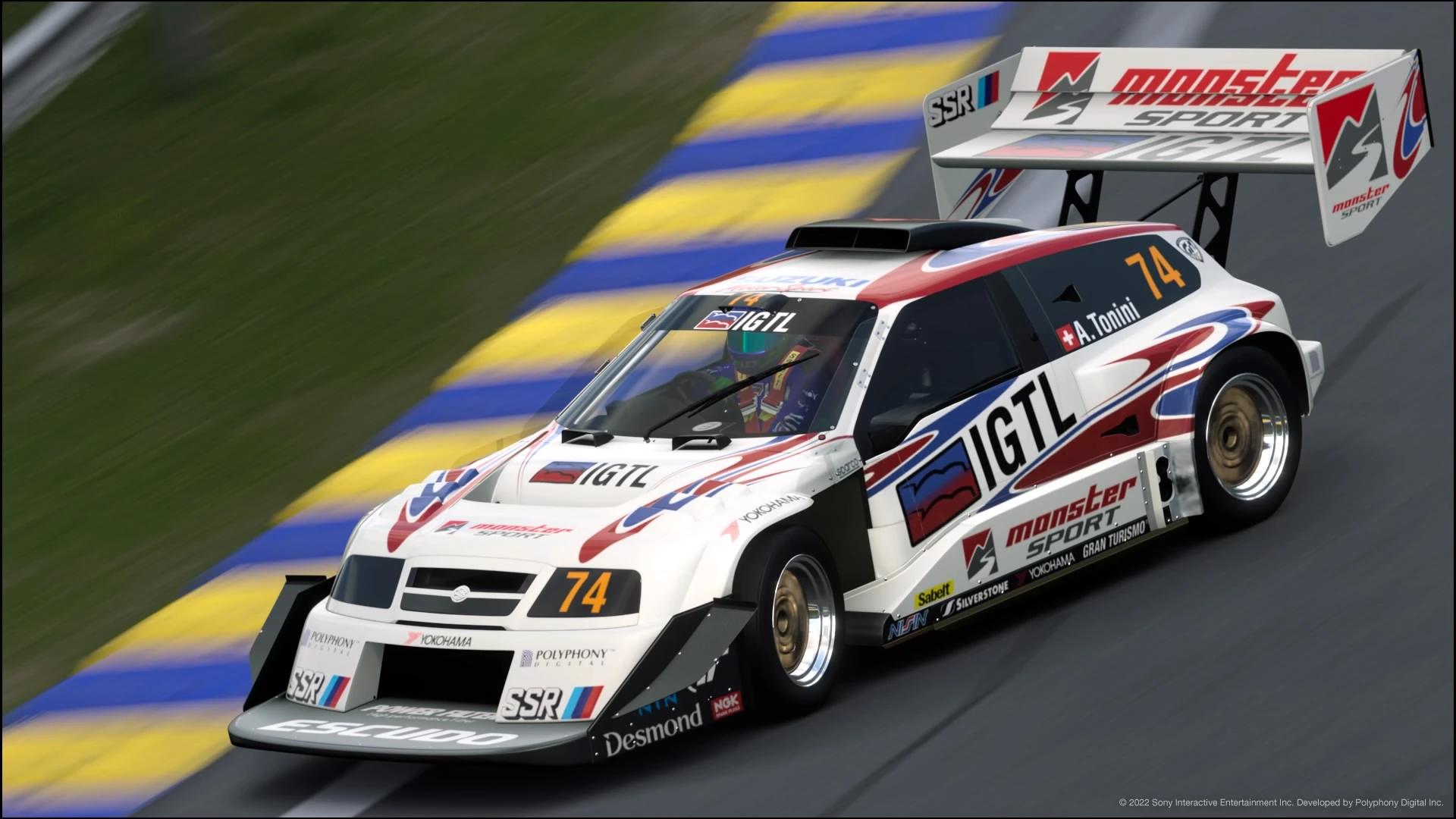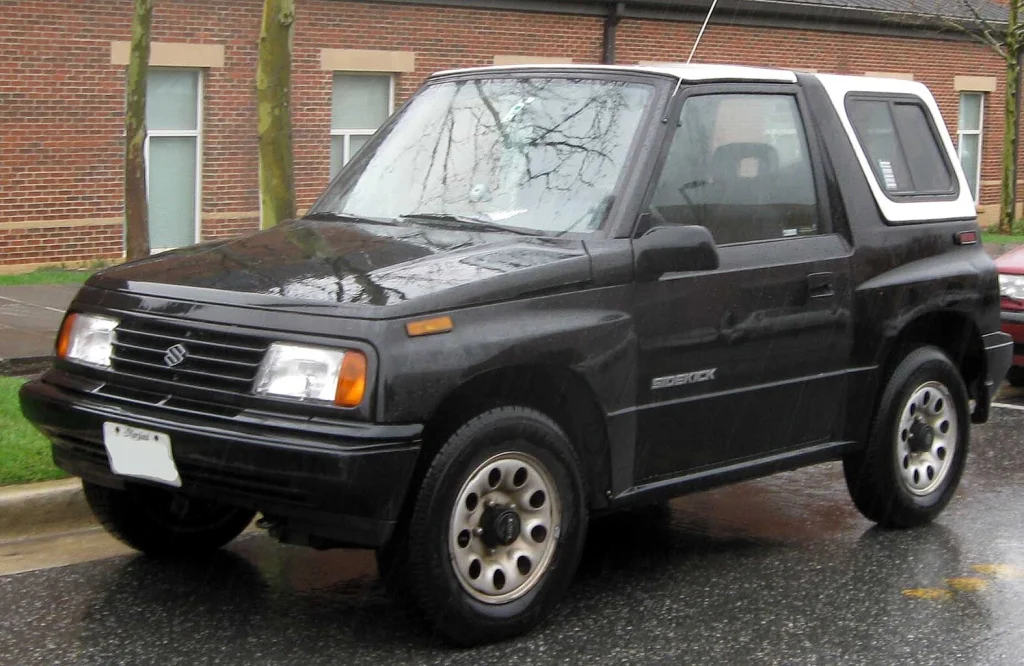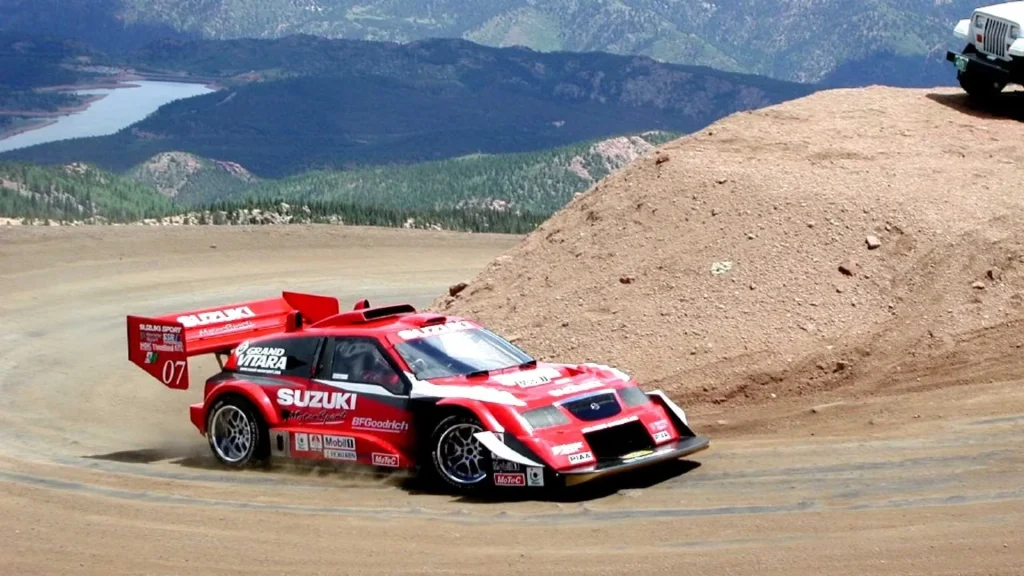The Suzuki Escudo is a vehicle that has captured the hearts of many car and rally enthusiasts over the decades. Its journey is marked by innovation, performance, and a strong presence on the competition tracks. Let’s explore the complete history of the Suzuki Escudo, its various versions, the meaning of its name, and its performance in rally championships, revealing how this model became a true winning machine.
The Complete History of the Suzuki Escudo: Origin and Design
The Suzuki Escudo was introduced to the market in 1988, initially as a compact SUV. Its design was conceived to meet the growing demand for vehicles that combined the versatility of an off-road car with the practicality of an urban automobile. Suzuki, recognized for its innovation, invested in a robust design and features that ensured superior performance in various terrain conditions.
Since its launch, the Suzuki Escudo has undergone several updates and modifications, always seeking improvements in its performance and comfort. The first generation of the model, known as Vitara in some markets, stood out for its all-wheel-drive system, which provided stability and safety on uneven roads. This feature made the Escudo stand out in a segment that was on the rise at the time.
Over the years, Suzuki continued to invest in technology and design for the Suzuki Escudo, resulting in a model that not only met the needs of urban drivers but also excelled in off-road adventures. The combination of style, functionality, and efficiency made the Escudo one of the most popular SUVs in various markets around the world.
Versions of the Suzuki Escudo: Evolution and Curiosities
The Suzuki Escudo has gone through various versions, each bringing innovations that made it even more appealing to consumers.
First Generation (1988 – 1998): Known as Vitara in some markets, this generation was a pioneer in offering all-wheel drive, ensuring excellent performance on off-road terrains.
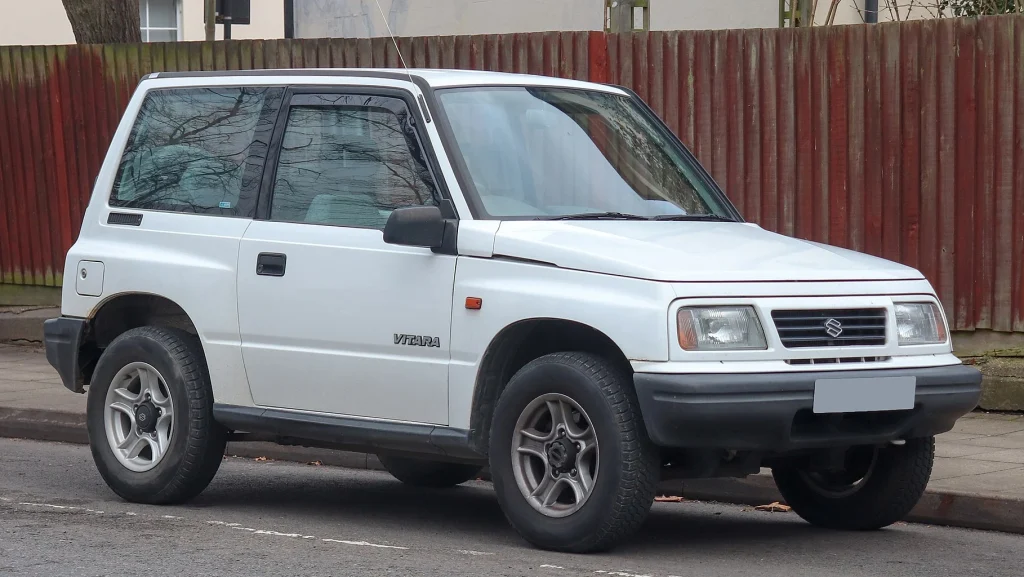
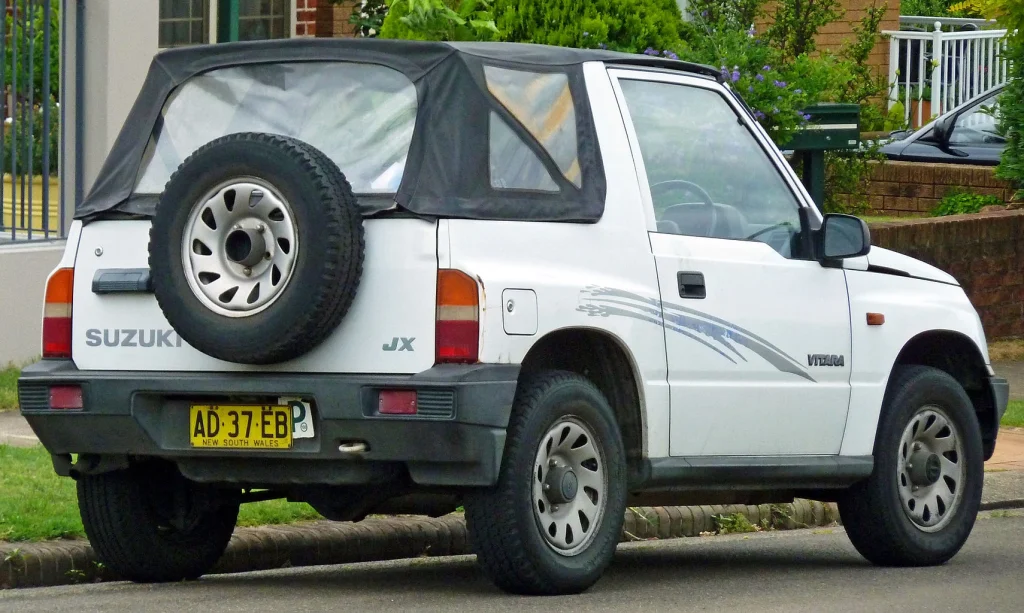
Second Generation (1998 – 2005): Featured a more modern design and a sturdier structure, with significant improvements in comfort and safety. Notable for its enhanced all-wheel-drive system and new V6 engines.
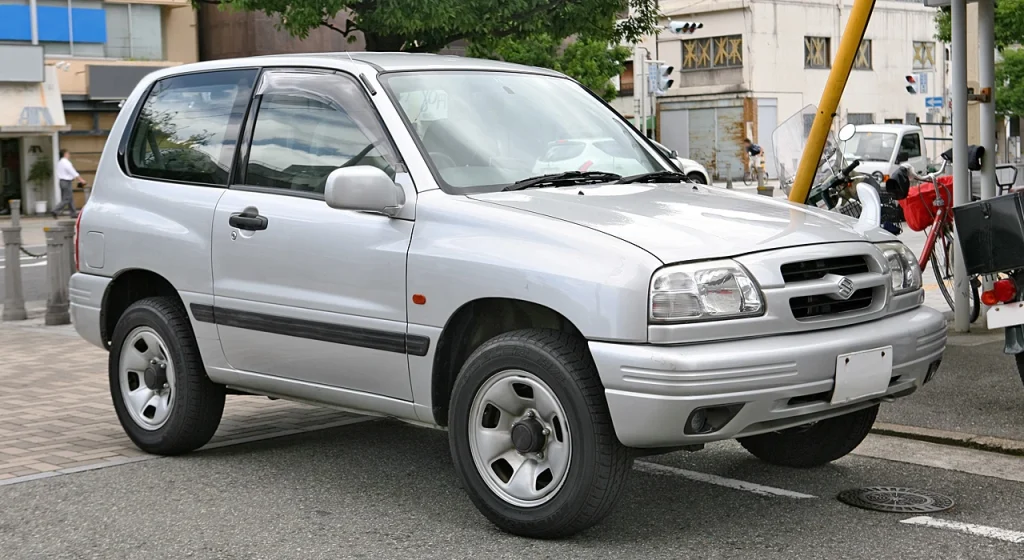
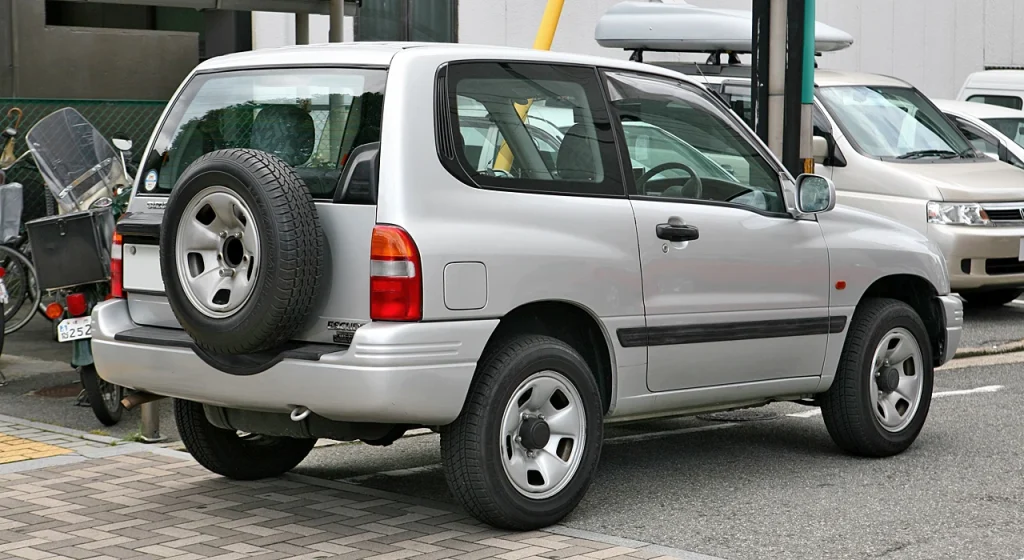
Third Generation (2005 – 2014): This version brought a bolder style and advanced technologies, such as stability control and infotainment systems. The Escudo also began offering more efficient engines, including turbocharged options.
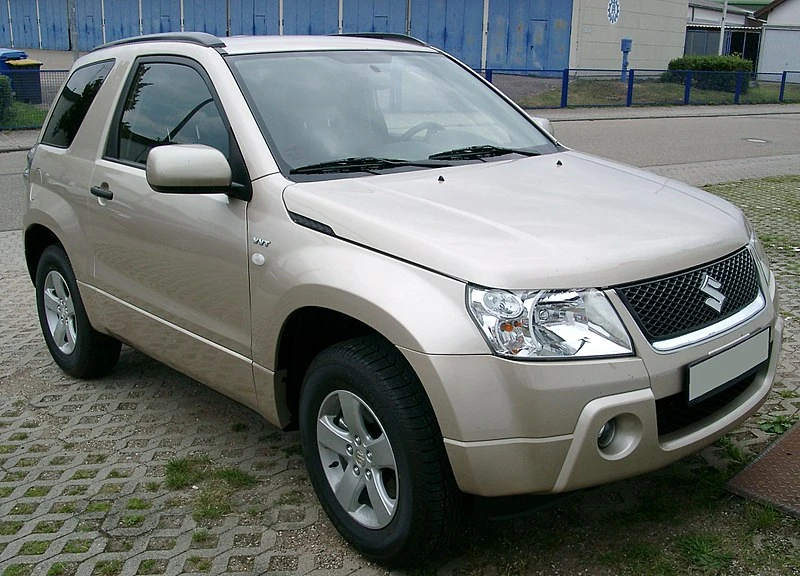
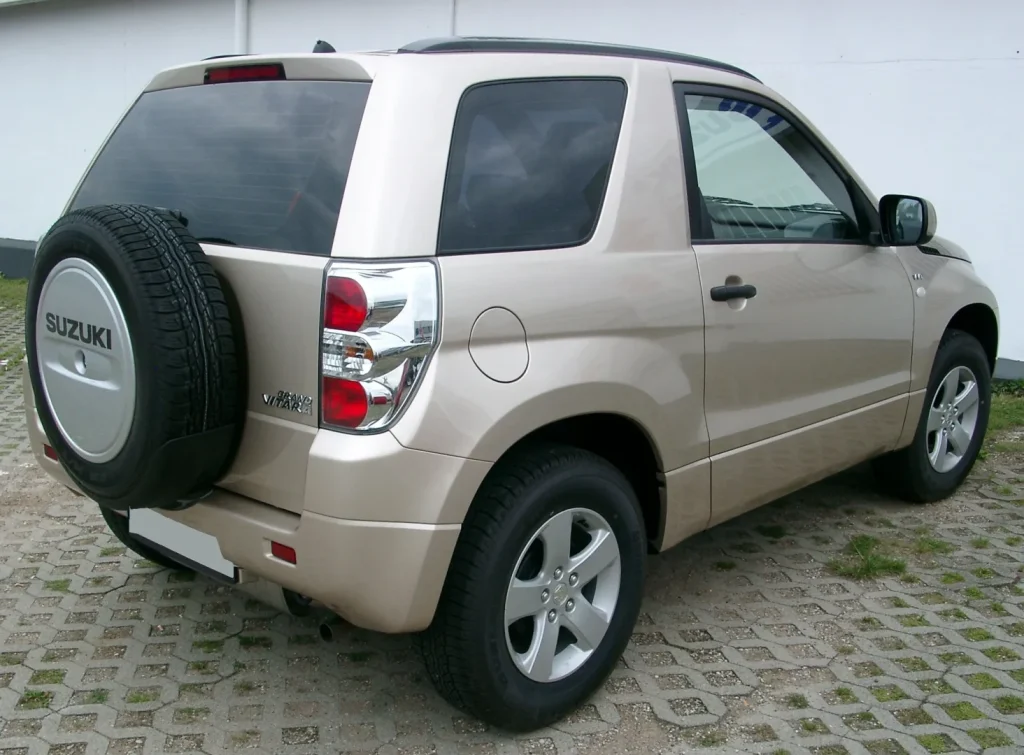
Fourth Generation (2015 – Present): The latest generation of the Escudo continued to evolve, incorporating hybrid technologies and driver assistance systems. The hybrid model, which combines a gasoline engine with an electric motor, aims for energy efficiency and emission reduction, consolidating Suzuki as a brand committed to sustainability.
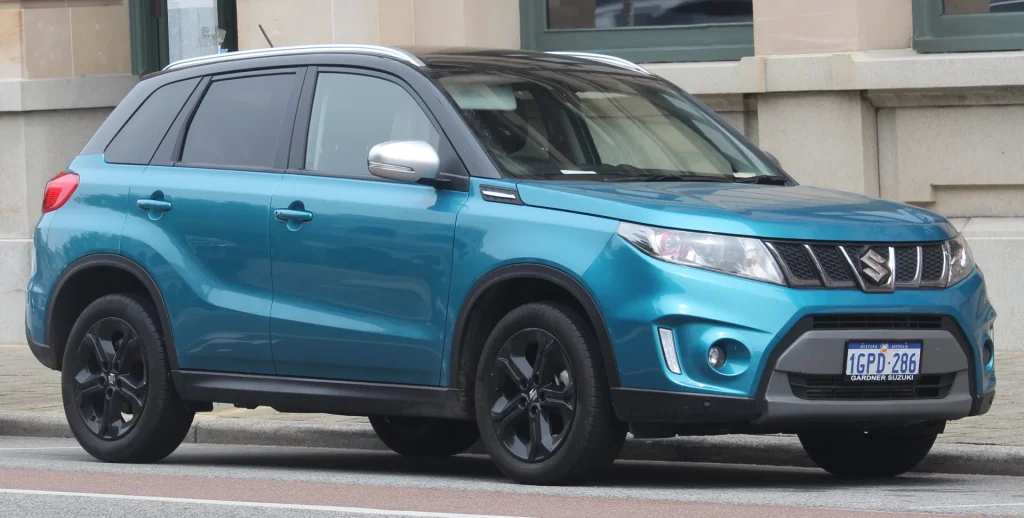
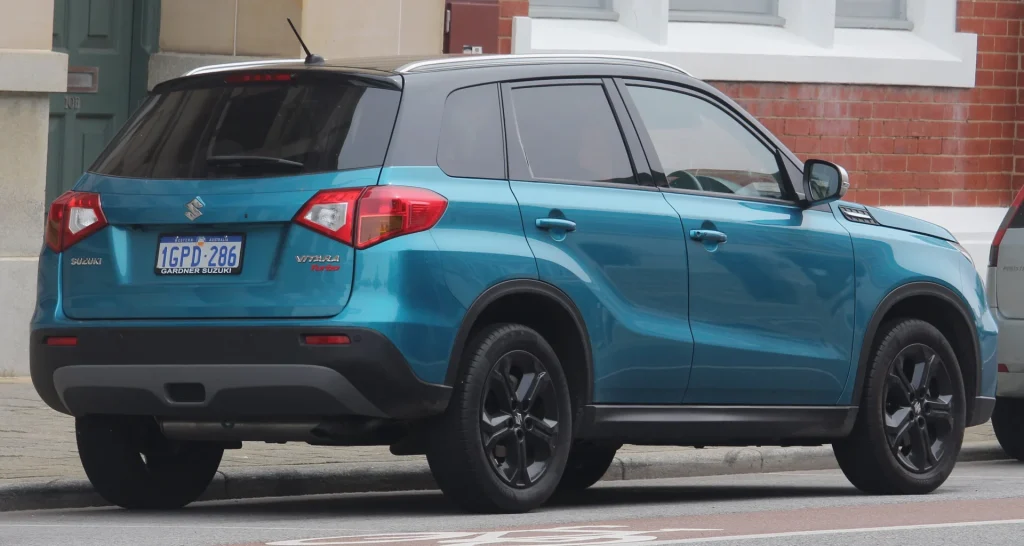
An interesting curiosity about the Suzuki Escudo is that it was one of the first SUVs to offer a hybrid version, expanding the range of options for consumers and positioning Suzuki as an innovative and environmentally conscious brand.
Additionally, the Suzuki Escudo is known for its versatility, being used for both off-road adventures and everyday city driving. Its ability to adapt to different scenarios is one of the reasons it maintains its popularity, even in a constantly evolving automotive market.
The Name Suzuki Escudo: Meaning and Origin
The name Suzuki Escudo has an origin that reflects the vehicle’s proposal. “Escudo” in Spanish means “shield” or “protection,” symbolizing the safety and robustness that the car offers. This name choice was strategic, as it conveys the idea that the vehicle is a true guardian, capable of protecting its occupants in various situations.
Beyond its literal meaning, the name Suzuki Escudo also carries a strong cultural identity. Suzuki, a Japanese brand, sought to create a name that resonated in international markets, especially in Latin America and Europe, where the vehicle quickly became a success. This global approach is an example of how the brand considered its target audience when creating a name that was easy to pronounce and memorable.
Suzuki Escudo in Rallies: A Winning Machine
The Suzuki Escudo is not just a popular SUV among consumers; it also stood out in rally competitions. In the 1990s and 2000s, the model participated in several prestigious competitions, including the famous Dakar Rally. Its combination of lightness and power, along with an efficient all-wheel-drive system, made the Escudo a winning machine on competition tracks.
Suzuki Escudo Pikes Peak: One of the most iconic moments in Escudo’s history was its participation in the Pikes Peak Rally, where the model adapted with a turbocharged V6 engine demonstrated impressive performance, winning in several editions. The Escudo Pikes Peak is remembered for its advanced engineering and capability to tackle extremely challenging terrains.
During rallies, the Suzuki Escudo demonstrated impressive performance, winning several awards and consolidating Suzuki’s reputation as a brand of excellence in high-performance vehicles. Suzuki’s engineers worked tirelessly to optimize the model for competitions, resulting in a car that not only competed but also won.
In addition to its success on the tracks, the Suzuki Escudo’s performance in rallies also had a significant impact on its sales. The association of the vehicle with high-level competitions attracted the attention of consumers looking for a car that not only had style but was also capable of facing challenges. Thus, the Escudo became a popular choice among those who value adventure and performance.
Author: Fabio Isidoro
Fabio Isidoro is the founder and editor-in-chief of Canal Carro, where he has been writing about the automotive world since 2022. Passionate about cars and technology, he began his journey on the HospedandoSites portal and today dedicates himself to creating technical content and comprehensive analyses of national and international vehicles. 📩 Contact: contato@canalcarro.net.br

